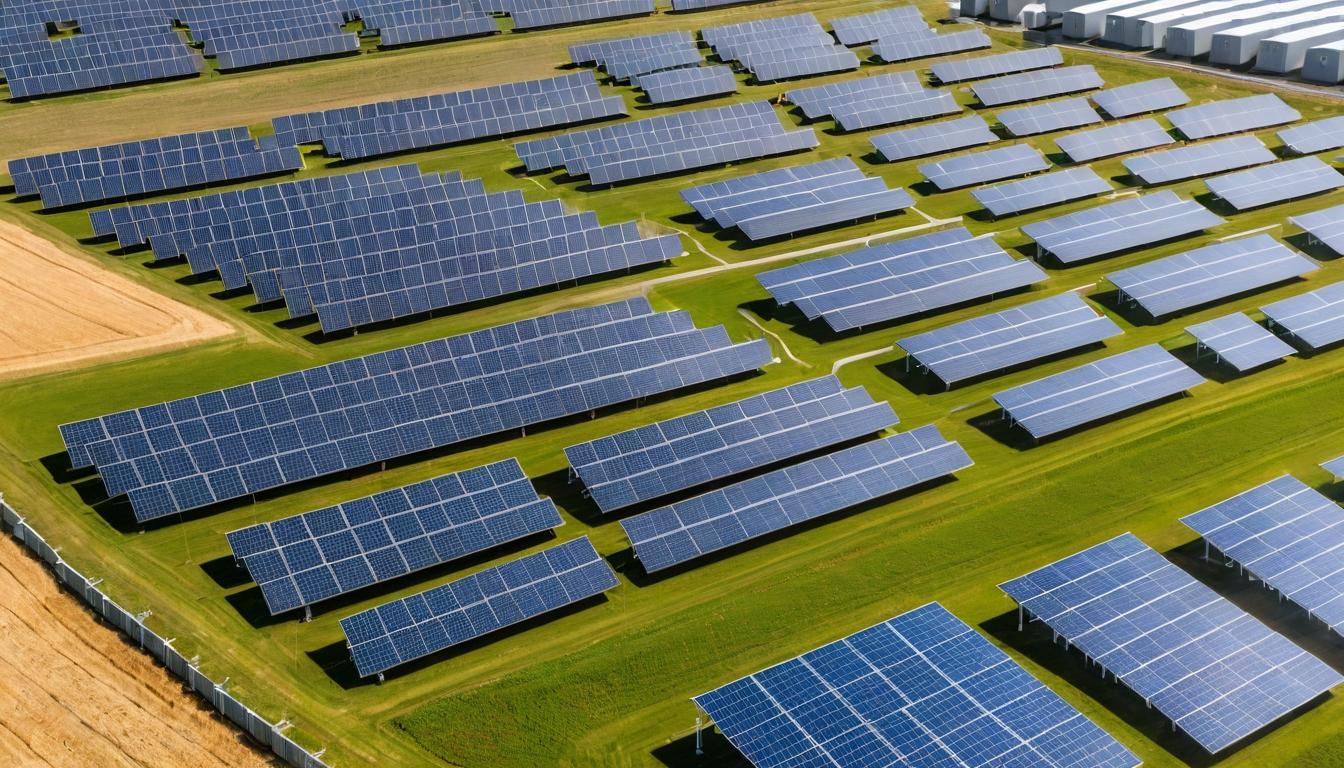In the sprawling solar farms of California and the wind-swept plains of Texas, a quiet revolution is unfolding. While solar panels and wind turbines capture the public imagination, the real transformation is happening in the data centers and control rooms where artificial intelligence is fundamentally reshaping how we manage renewable energy.
Across the renewable energy sector, operators are discovering that the most valuable asset isn't just sunlight or wind—it's data. Every solar panel, every turbine, every battery storage system generates thousands of data points daily, creating a digital nervous system that AI algorithms are learning to interpret with astonishing precision.
What began as simple performance monitoring has evolved into predictive maintenance systems that can forecast equipment failures weeks before they occur. These AI-driven systems analyze vibration patterns, temperature fluctuations, and power output data to identify subtle anomalies that human operators would never detect. The result? Wind farms that can schedule maintenance during low-wind periods and solar arrays that optimize cleaning cycles based on actual soiling rates rather than calendar dates.
Perhaps the most dramatic impact is happening in energy forecasting. Traditional weather models, while useful, often miss the micro-climates that affect individual renewable installations. AI systems now combine satellite imagery, weather station data, and historical performance records to predict energy generation with unprecedented accuracy. These forecasts aren't just academic exercises—they're becoming essential tools for grid operators balancing variable renewable generation with traditional power sources.
The financial implications are staggering. One major utility in the Southwest reported a 23% reduction in operations and maintenance costs after implementing AI-driven predictive maintenance. Another wind farm operator in the Midwest increased energy production by 7% simply by using machine learning to optimize turbine alignment based on real-time wind conditions.
But the AI revolution extends beyond maintenance and forecasting. Energy trading floors are increasingly dominated by algorithms that can process market data, weather forecasts, and grid conditions in milliseconds. These systems can execute trades that capitalize on tiny price differentials across different regions, effectively creating virtual energy storage through financial instruments.
The integration challenges, however, remain substantial. Many renewable facilities were built before the AI revolution, requiring retrofitting of sensors and communication systems. Data silos between different equipment manufacturers create integration headaches, while cybersecurity concerns multiply as these critical systems become more connected.
Workforce transformation is another critical dimension. The renewable energy technician of tomorrow needs data science skills alongside traditional electrical and mechanical expertise. Training programs are scrambling to adapt, while experienced workers face the dual challenge of maintaining existing systems while learning entirely new digital tools.
Regulatory frameworks are struggling to keep pace with these technological changes. Questions about data ownership, algorithm transparency, and liability for AI-driven decisions remain largely unanswered. How do you assign responsibility when an AI system makes a scheduling decision that leads to equipment failure? These aren't theoretical questions—they're happening now in control rooms across the country.
The environmental impact of AI itself cannot be ignored. The computing power required to process all this data consumes significant energy, creating something of a paradox: AI systems designed to optimize renewable energy have their own carbon footprint. Leading companies are addressing this by locating data centers near renewable energy sources and developing more efficient algorithms.
Looking ahead, the convergence of AI with other emerging technologies promises even greater transformation. Blockchain for energy transactions, quantum computing for complex optimization problems, and advanced materials science for better sensors—all these developments will feed into smarter renewable energy systems.
The human element remains crucial despite all this automation. The most successful implementations combine AI insights with human experience, creating collaborative systems where algorithms handle pattern recognition while humans provide context and judgment. This human-AI partnership represents the future of renewable energy operations.
As the technology matures, we're seeing the emergence of 'digital twins'—virtual replicas of physical energy assets that can simulate performance under different conditions. These digital twins allow operators to test new strategies without risking actual equipment, accelerating innovation while reducing costs.
The democratization of these technologies is another exciting development. Smaller renewable energy developers can now access sophisticated AI tools through cloud-based services, leveling the playing field with larger competitors. This could accelerate renewable adoption in regions that previously lacked the resources for advanced energy management.
Ultimately, the AI transformation in renewable energy represents a fundamental shift from reactive maintenance to predictive optimization, from generalized forecasts to hyper-local predictions, and from isolated systems to integrated networks. This isn't just incremental improvement—it's a complete reimagining of how we operate clean energy systems.
The revolution won't be televised—it's happening in server racks and control rooms, in algorithms and data streams. But its impact will be felt by every consumer who benefits from more reliable, affordable clean energy, and by every community working toward a sustainable future.
The hidden revolution: how AI is quietly transforming renewable energy operations

